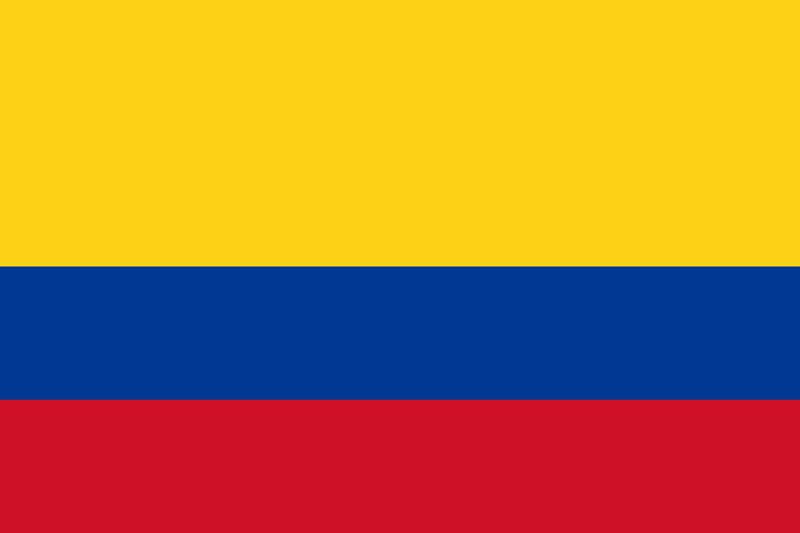EÓLICA: SOFTWARE PARA PREDECIR Y CUANTIFICAR PÉRDIDAS
- 14 de mayo de 2018
[tp lang=»es» not_in=»en»]
Fuente: Diario El País

La firma uruguaya Ventus, que gestiona ocho parques eólicos en el país, desarrolló con el apoyo de la Agencia Nacional de Investigación e Innovación (ANII) un software inédito que permite evaluar el rendimiento de los aerogeneradores utilizando big data —sistemas informáticos para el análisis de grandes volúmenes de datos—, así como medir las pérdidas y hasta cuantificarlas en términos económicos.
El desarrollador Andrés Guggeri y el gerente de Evaluación de Recursos Renovables de Ventus, Vasilii Netesov, hablaron con El País sobre el proyecto y sus implicancias. Según dijeron, se trata de un diseño que «en Uruguay es único» e «innovador en la región», que ya se comenzó a aplicar en los parques que tiene la empresa.
«El objetivo es complementar los datos que tenía Ventus (sobre el rendimiento de los aerogeneradores) para mejorar la gestión de los parques», manifestó Guggeri.
A modo de resumen sobre cómo funciona el software, señaló que «le ingresas un año de datos y el algoritmo ve la relación entre las distintas variables y evalúa» cómo rindieron los aerogeneradores. Toda esa información que se almacena sobre los parques «hasta el momento no se aprovechaba».
Al someter a algunos de los emprendimientos eólicos de Ventus al nuevo software, los expertos observaron que «muchos de los aerogeneradores no estaban funcionando a tope a nivel de rendimiento».
Si bien la herramienta no identifica donde estuvo la falla, sí establece «en qué fecha empezó» el parque a operar por debajo del potencial, para así indagar con el fabricante u otro actor qué factor provocó eso.
Además, el software realiza un comparativo del rendimiento óptimo y el efectivo de los aerogeneradores, pudiendo así medir la energía que se dejó de generar en un determinado período de tiempo y el valor económico de dicha pérdida.
El algoritmo que sustenta el software toma como base tres indicadores de los muchos que inciden en la producción de un parque eólico. Se trata de la densidad, el viento y la presión, y el ejercicio que realiza es «modelando esos datos decir la turbina debería alcanzar tal rendimiento» si todo funcionara correctamente, detalló Guggeri.
[/tp]
[tp lang=»en» not_in=»es»]
Source: Diario El País

The Uruguayan Company Ventus, which manages eight wind farms in the country, with the support of the National Agency for Investigation and Innovation (ANII), developed an unprecedented software that allows to assess the performance of wind turbines, generating big data – computer systems for the analysis of great volumes of data-, as well as measuring losses and even quantifying them in economic terms.
The developer Andrés Guggeri and Ventus’ Evaluation of Renewable Resources manager, Vasilii Netesov, talked to El País about the project and its implications. According to what they said, the design is “unique in Uruguay” and “innovative in the region”, and it began to be implemented the company’s wind farms.
“The objective is to complement the data Ventus already had (about the performance of wind turbines) to improve the management of wind farms,” expressed Guggeri.
As a summary about how the software Works, he noted that “you enter a year of data and the algorithm sees the relation between the different variables and evaluates” how wind turbines work. All this information that is stored on wind farms “wasn’t leveraged until now.”
By submitting some of Ventus’ wind farm undertakings to the software, experts noted that “many wind turbines weren’t working to the fullest.”
Even though the tool doesn’t identify where the fault was, it does establish “the date when” the farm started to work below full potential, in order to seek with the manufacturer or other actor which factor provoked it.
Besides, the software conducts a comparative analysis of the optimum and effective performance of wind turbines, being able to measure the energy that wasn´t generated in a specified period of time and the economic value of such loss.
The algorithm takes as its basis three of the many indicators that influence the production of a wind farm. This is the density, the wind, the pressure, and the exercise that it performs is “modeling these data, saying what performance should it achieve” if everything worked properly, said Guggeri.
[/tp]




